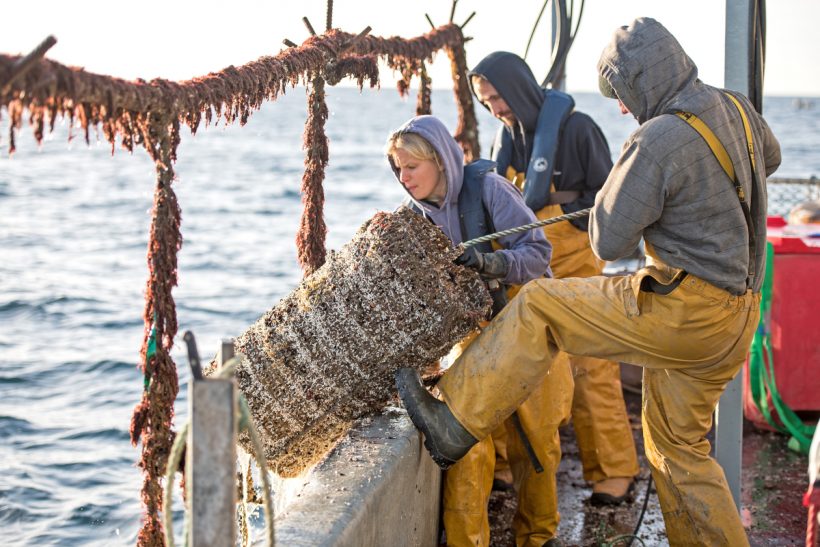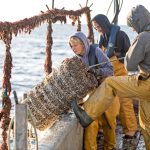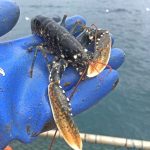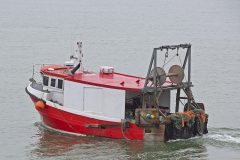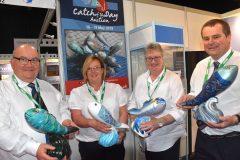The Lobster Grower 2 (LG2) project, led by the National Lobster Hatchery’s (NLH) research team at Padstow, and funded by Innovate UK, BBSRC and the Worshipful Company of Fishmongers, has come to an end after three years.
The pioneering project assessed the potential for rearing lobsters in innovative sea-based systems which require no feed inputs, and are therefore a very sustainable form of aquaculture.
LG2 consisted of a consortium of industrial and academic partners (NLH, University of Exeter, Westcountry Mussels of Fowey, Centre for Environment, Fisheries and Aquaculture Science, and Falmouth University), all of which brought unique knowledge and skill sets to the project, to make it an outstanding success.
The project has provided a vast quantity of knowledge, understanding and data around rearing lobsters using sea-based container culture (SBCC) systems.
Over the three years of the project, over 26,000 lobsters were deployed into culture containers in St Austell Bay. These lobsters were monitored over the project to determine production success, with the collection of over 48,000 observations of survival and 15,300 measurements of growth. This is the world’s largest dataset detailing the development of European lobster juveniles, and will be invaluable to both industry development and future research.
Main image: Scientists from the National Lobster Hatchery checking lobsters deployed into culture containers in St Austell Bay.
The consortium also undertook pioneering research studying the diet of these early-stage lobsters, by examining the assemblages of organisms fouling the culture containers (which the lobsters feed off), as well as analysis of the gut content of the lobsters.
Aside from collecting data on the lobsters themselves, the consortium investigated environmental, technical, social, economic and market considerations for lobster aquaculture.
This included how SBCC systems are affected by wave and tidal movements; examination of potential markets; and modelling of economic factors associated with establishing and running lobster aquaculture commercially. LG2 has unlocked the secrets of lobster aquaculture by identifying the key barriers to commercial realisation.
Carly Daniels, principal investigator for LG2 and head of production, science and development for the NLH, said: “The pinch points highlighted through LG2, including the prohibitive cost of lobster juvenile seed, gives lobster aquaculture innovation a clear direction that has transferable outcomes to improving stock enhancement and aquaculture alike.
“LG2 has helped to make key advances in lobster aquaculture, with the vision of making lobster aquaculture a viable venture by 2030. It has also generated a wealth of knowledge relating to the development of early-life stages in the wild – an area which has baffled marine biologists for years.”
The NLH’s chief operating officer Trevor Broome said: “The NLH is proud to once again be leading the field of lobster research. The outcomes of LG2 have paved the way for future research at the NLH, and have generated a number of angles that the team are eager to take forward.”
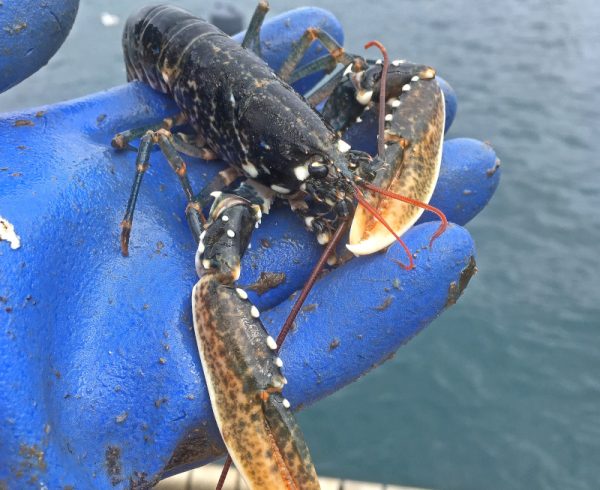
Growth rates of lobsters have been constantly monitored throughout the three years of the LG2 project.
One such research angle will help to validate the NLH lobster stock enhancement work undertaken around the Cornish coast.
The NLH is currently seeking funding to conduct a lobster release using the lobsters ongrown during LG2, which will present the first step in helping it to quantify recapture rates (and therefore their impact on the fishery), to fully quantify the benefits of stock enhancement to the fisheries.
This will use novel techniques – currently being developed by the University of Exeter in collaboration with the NLH, in a project funded through Agri-Tech Cornwall – to identify hatchery-reared lobsters (through their natural genetics, like a fingerprint) as they recruit into the fishery.
Carly Daniels explained, “LG2 has given us a unique opportunity; we have thousands of one-, two- and three-year-old lobsters ongrown at sea, which are now ready for release. Having been reared at sea, these lobsters have acclimatised to life in the ocean, giving them an excellent chance of surviving and enhancing the local lobster fishery. The ability to compare these ongrown lobsters to those released directly from the hatchery at younger ages will also help us to inform our release strategy.”
Jake Scolding, project manager of LG2, said: “The NLH’s research programme is extremely broad. Improving our stock enhancement work is key, but other up and coming research includes making further improvements to the SBCC systems designed during Lobster Grower, as well as innovative improvements to the technology and approaches currently used for lobster larvae culture, some of which have been around for decades.”
Carly Daniels concluded, “This is definitely an exciting time for research at the NLH. After the success of LG2, the team is looking forward to undertaking more cutting-edge research, keeping the NLH as one of the top lobster research organisations in the world.”



